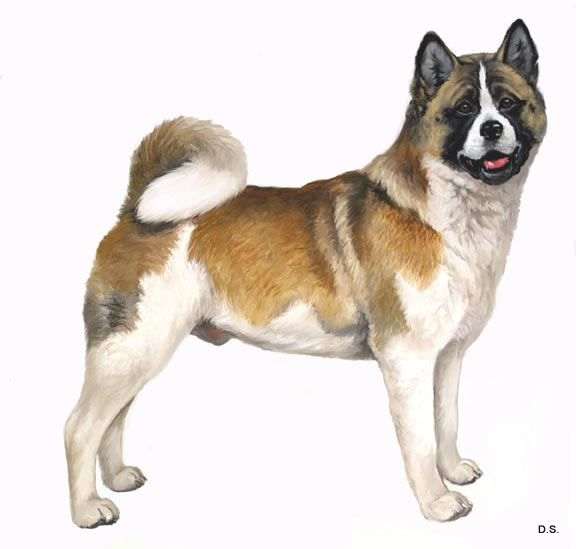
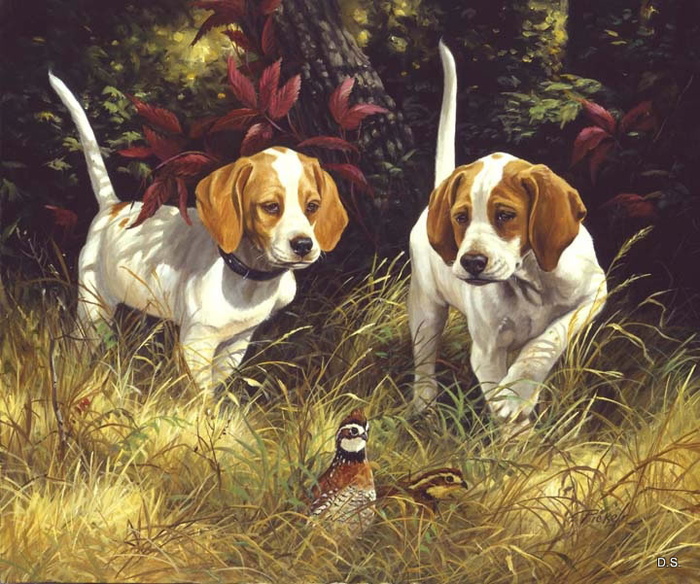
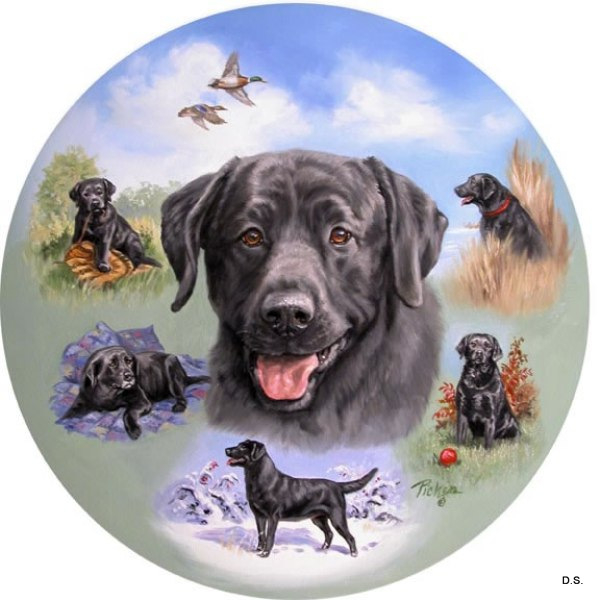
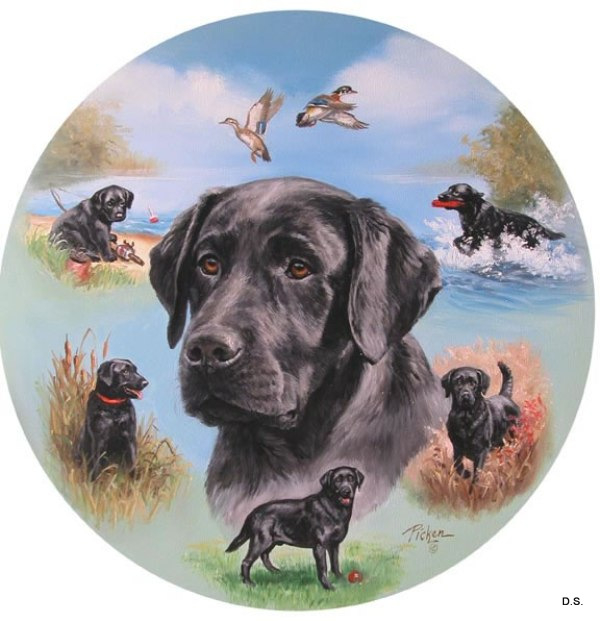
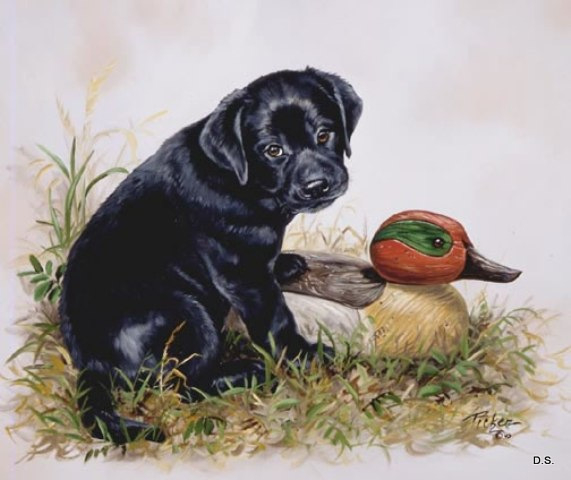
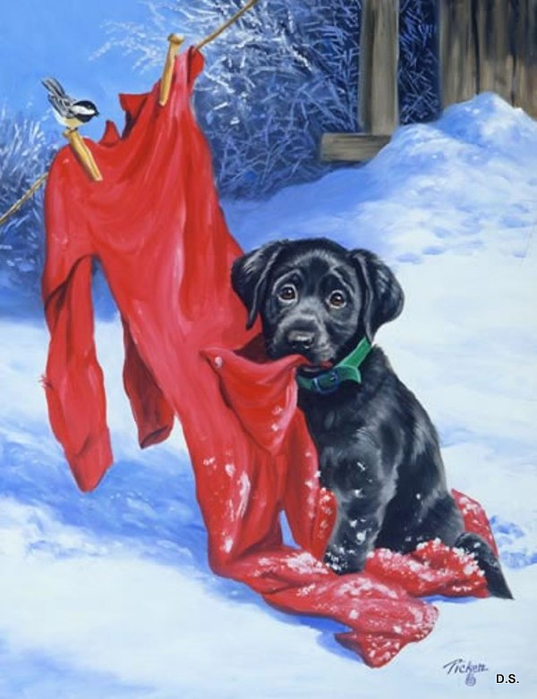
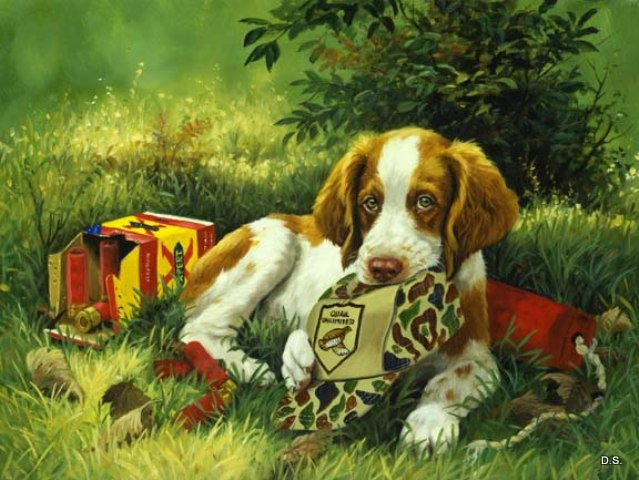
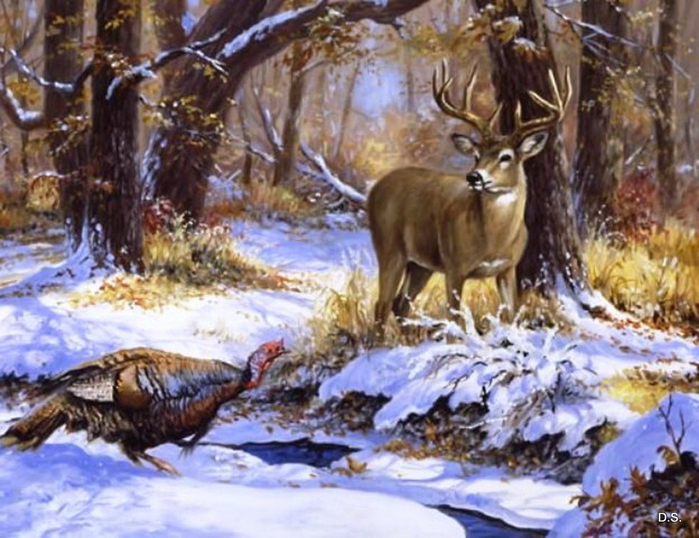
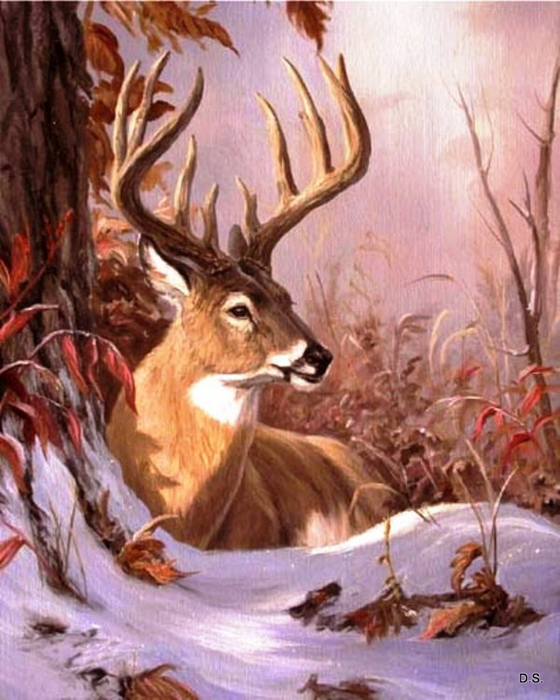

.
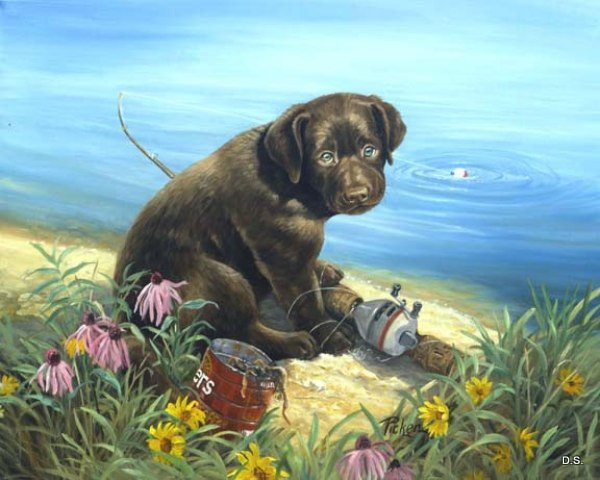



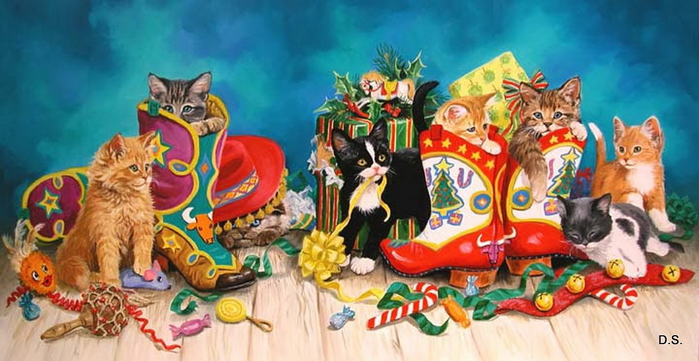
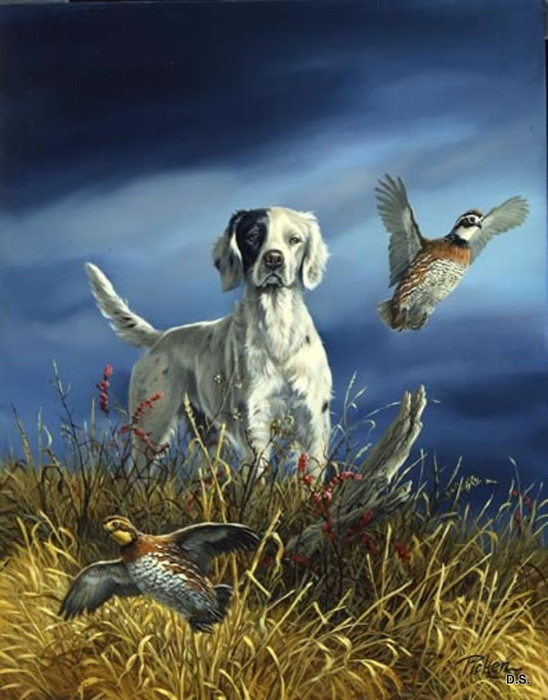

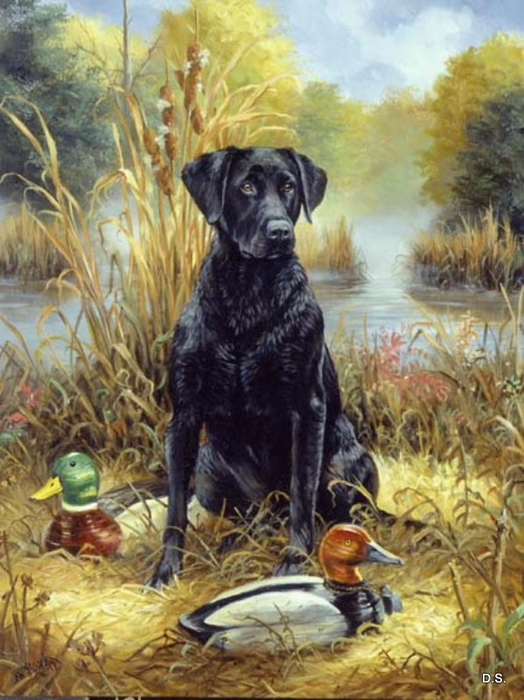
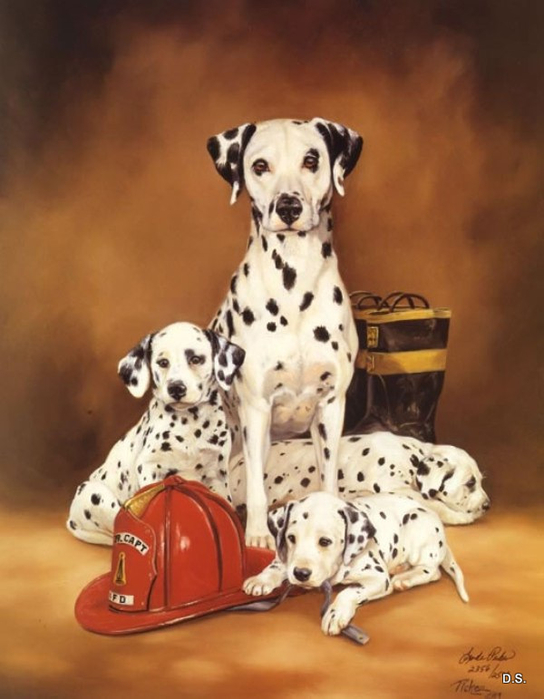

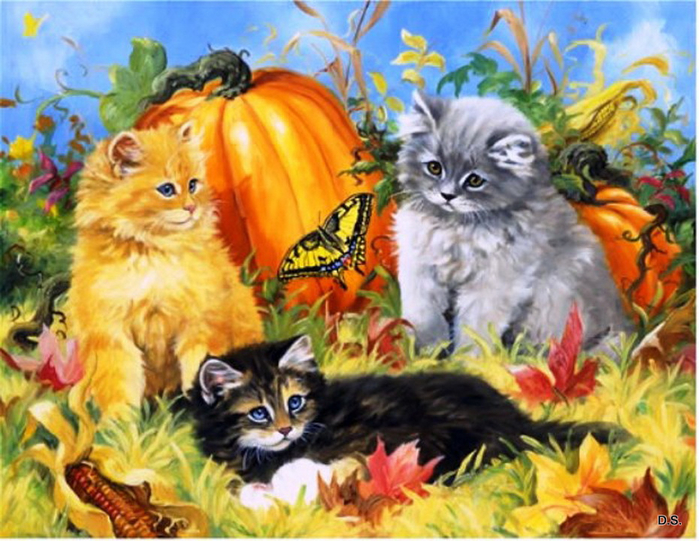

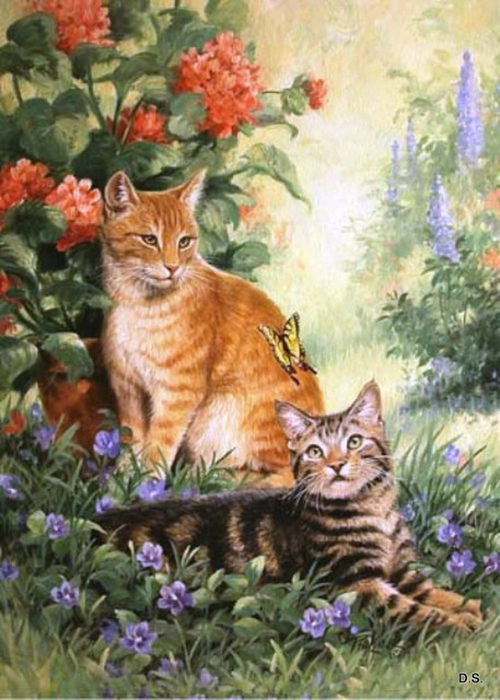
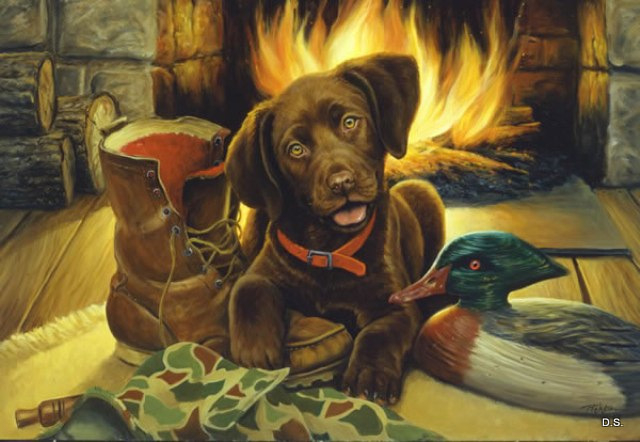
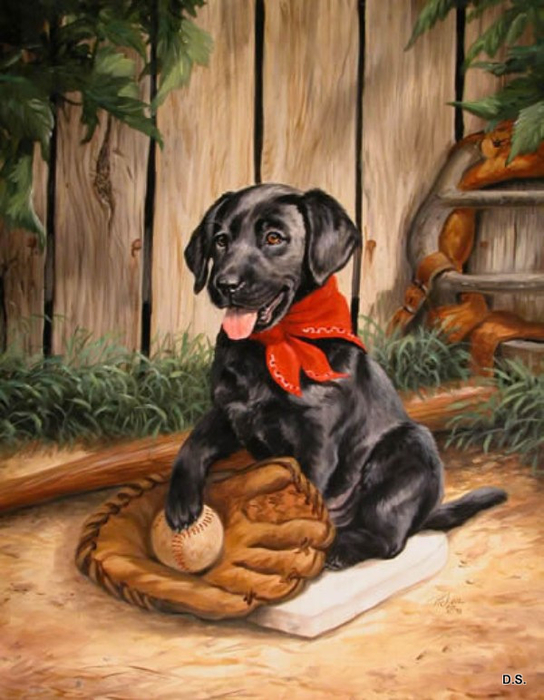
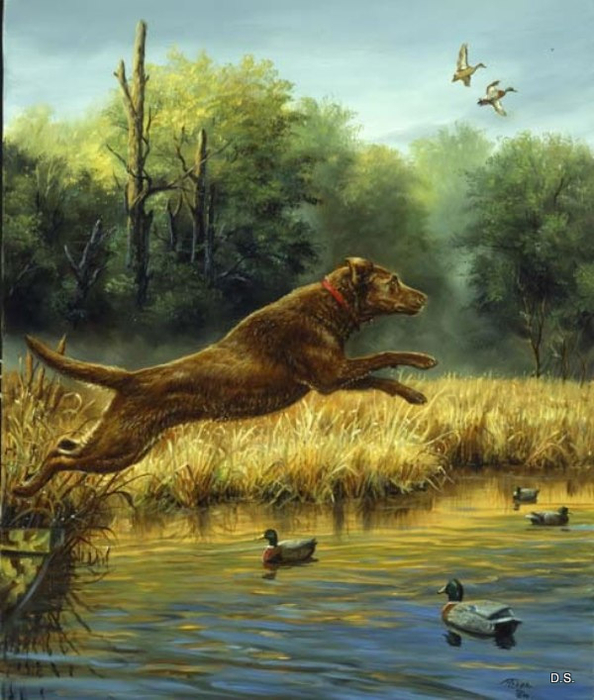
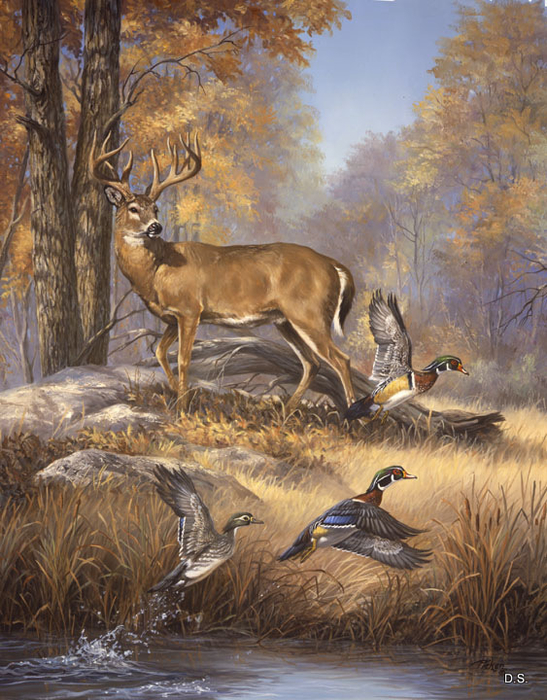
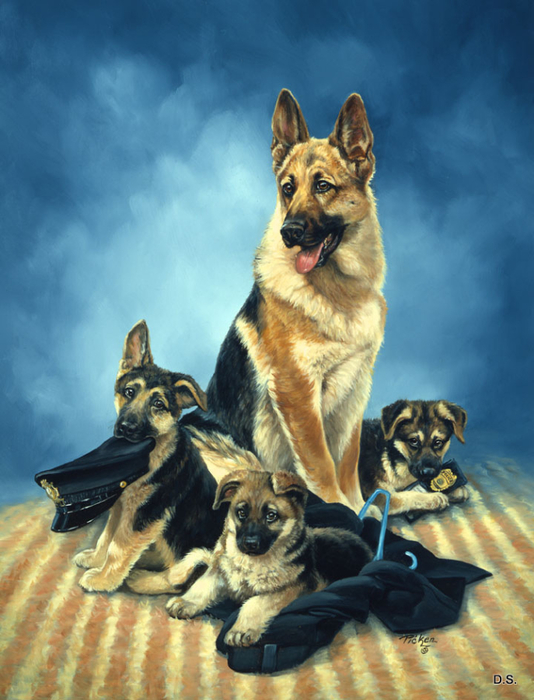

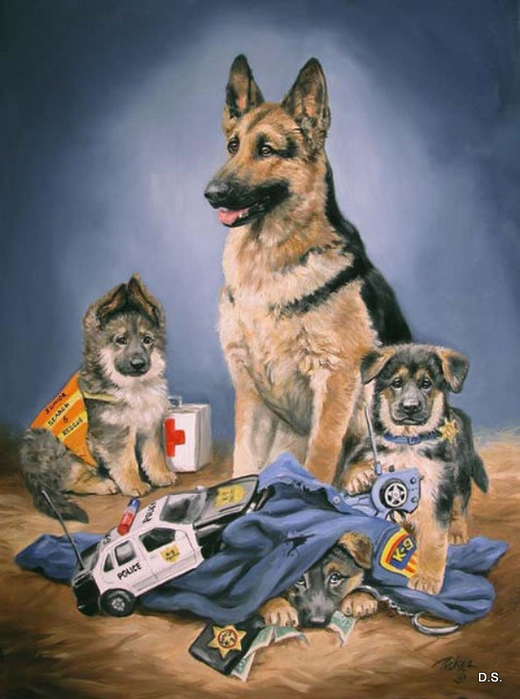




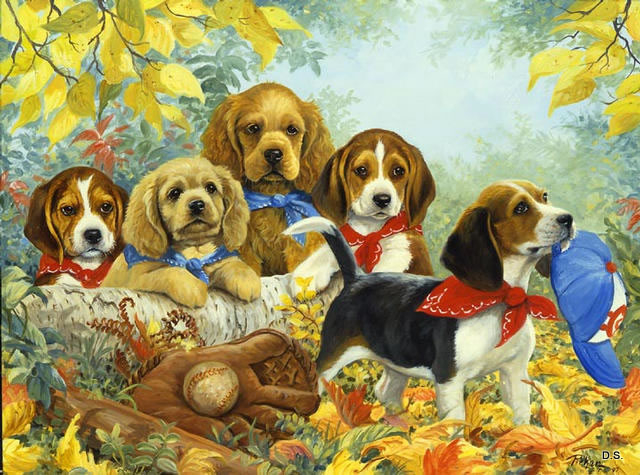
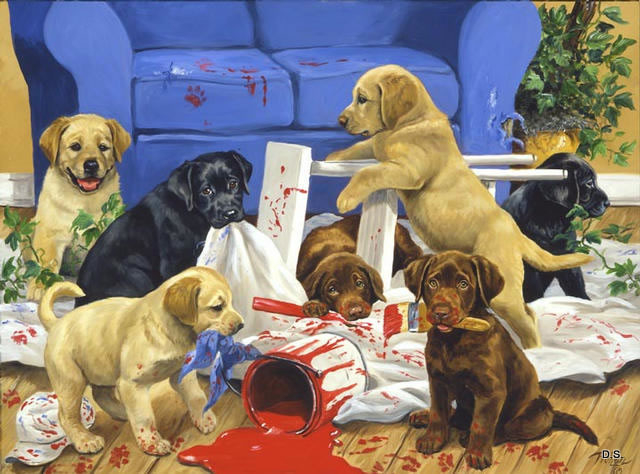
Let it be graven to our credit that these exquisite avian jewels have been given protection which insures their hold on the razor edge of life. Propagation and closed seasons in many states have resulted in increased numbers.
… black of heart, this is the most vicious and murderous of the Heron family. Untamable, fierce and bloodthirsty, they use their dagger bill with Moro accuracy on any living thing, Cats, dogs, birds, even human beings, are not safe within range of their piston stiletto.
During courtship the fencing bouts between males are apparently savage affairs but in reality only regulation small-boy scraps – every thrust being parried with accurate skill. They are dignified even in fighting.
Feathursday Name That Psittacidae
We are still in a tropical frame of mind from last week, so this week we present these gregarious parrot-like birds, the only two species of Psittacidae that were endemic to the United States. The operative verb here is “were,” as one is believed to be extinct for the past 80 years, and the other, while still extant, has had its habitat reduced to the western mountain range of Mexico.Once again, these plates are hand-painted prints from Rex Brasher’s massive, limited-edition, 12-volume set Birds and Trees of North America, self-published in Kent, Connecticut, between 1929 and 1932, containing thousands of hand-colored reproductions of Brasher’s paintings.It is a great shame that we no longer find these colorful parrots in the American landscape. Still, do you think you could Name These Birds?Give it a try, and check back after 4:40 pm CST for the answer. Good luck!Find out more about Rex Brasher’s work, and/or view other posts from this set.View more Feathursday posts.
Feathursday Name That Bird
After being snowbound in Milwaukee for a few weeks, the mind inevitably turns to the tropics. Hence, our choice for this week’s #Feathursday Name That Bird puzzler. This colorful couple spend most of their days in sunny Guatemala and Mexico, but they regularly venture north and are not uncommon in the Gila River valley of Arizona and New Mexico, and occasionally into the southernmost portion of southwest Texas.This is yet another hand-painted print from Rex Brasher’s massive, limited-edition, 12-volume set Birds and Trees of North America, self-published in Kent, Connecticut, between 1929 and 1932, containing thousands of hand-colored reproductions of Brasher’s paintings. Of the genus, or general group these birds belong to, Brasher writes:In the deep tropical forests of Central and South America are found over thirty species of this family. Magnificently colored with iridescent sheen, only Hummingbirds approach the splendor of the males’ apparel… . Altho [sic] arboreal the feet are week and [members of this genus] seldom move on tree limbs. Disinclination to walking is so strong that rather than travel a foot or two along a branch to seize a fruit, they prefer using their wings. They are expert flycatchers, pursuing insects with spectacular acrobatic swoops, sideslips and even turning somersaults in the chase.So, let’s get into a warmer frame of mind and see if you can NAME THAT BIRD! 10 points if you name the genus, and another 15 points and bragging rights if you name the specific species.We’ll post the answers after 4 pm CST. Good luck!Find out more about Rex Brasher’s work, and/or view other posts from this set.View more Feathursday posts.
In the deep tropical forests of Central and South America are found over thirty species of this family. Magnificently colored with iridescent sheen, only Hummingbirds approach the splendor of the males’ apparel… . Altho [sic] arboreal the feet are weak and [members of this genus] seldom move on tree limbs. Disinclination to walking is so strong that rather than travel a foot or two along a branch to seize a fruit, they prefer using their wings. They are expert flycatchers, pursuing insects with spectacular acrobatic swoops, sideslips and even turning somersaults in the chase.
Name That Bird Feathursday
The temperature has dropped here in the Upper Midwest, and we’ve had three days of snowfall, but that probably wouldn’t bother these arctic-loving birds one bit. There are three species in this genus, and all are shown here. Two of them breed right on the shores of North America’s Arctic Ocean, but all three can be found either in the Upper Midwest, on the Great Plains, or both during non-breeding season. Guess the common name for the genus and you get 10 points. But then try to name each species for 5 points a piece for a total bird-nerd-bragging-rights grand prize of 25 points!These little guys are from Rex Brasher’s massive, limited-edition, 12-volume set Birds and Trees of North America, self-published in Kent, Connecticut, between 1929 and 1932, and containing thousands of hand-colored reproductions of Brasher’s paintings. But, maybe we were wrong that our snowy weather wouldn’t bother these feathered folk. Brasher observes that:One of Nature’s malignant forces, in the form of blizzard, sometimes engulfs [this genus]. They seem to lose direction sense and then themselves, for thousands have been found dead from striking the ground. Blinding snow gave no chance to see where they were going and they flew full speed downward.Yikes!So, plug in your bird brains, and see if you can NAME THESE BIRDS!We’ll post the answers after 4 pm CST. Good luck!Find out more about Rex Brasher’s work, and/or view other posts from this set.View more Feathursday posts.
One of Nature’s malignant forces, in the form of blizzard, sometimes engulfs [this genus]. They seem to lose direction sense and then themselves, for thousands have been found dead from striking the ground. Blinding snow gave no chance to see where they were going and they flew full speed downward.